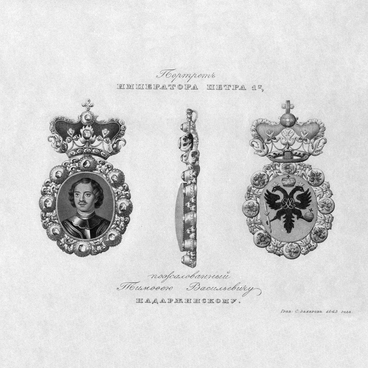Nikolai Tsylov (1799/1801–1879) is an important figure in the history of Russian geodesy of the 19thcentury.
Tsylov was a student of the First Cadet Corps in St. Petersburg and began his service as an ensign of field foot artillery in the Caucasus. For the campaign of 1818, he was awarded the Order of St. Anna, 1st class. He later returned to the school as a math teacher.
After retiring, Tsylov served as an executive police officer: from 1840 to 1853, he was in charge of the Liteynaya part of the city, from 1853 to 1860 — Tsarskoye Selo. Later he was appointed Vilna city head and worked for the Ministry of Internal Affairs.
Different stages of Tsylov’s career were reflected in his writings — from “Arithmetic” addressed to the administration of the Artillery School to the narrative of the Vilna investigative measures in the case of the Polish Uprising of 1863–1864 (“From the Files of the Vilna Investigative Commission”). However, Tsylov’s “plans” created and published in the 1840s are his most valuable work.
His first “plan” was the “Alphabetical Index to Aid in the Search of Police Stations”; then an atlas was published with streets of the Liteynaya part of the city. Experts spoke positively about the publication, and Nikolai Tsylov prepared the next, expanded atlas of the 13 parts of St. Petersburg, this time at the request of the emperor Nicholas I.
The edition includes two volumes of 392 sheets. Maintaining the scale, Tsylov reproduced city plans, including embankments, streets, alleys, civil and government houses, providing maps with detailed explanations and detailed illustrations. The engravings were made in the Military Topographic Depot.
To make plans, Tsylov did not use the materials of actual filming, but only statistical data. Despite this, his work was popular with his contemporaries. Currently, it is also valuable as a rich source of information on the historical cartography and topography of St. Petersburg.
In 1850, Nikolai Tsylov was elected a member of the Imperial Geographical Society.


